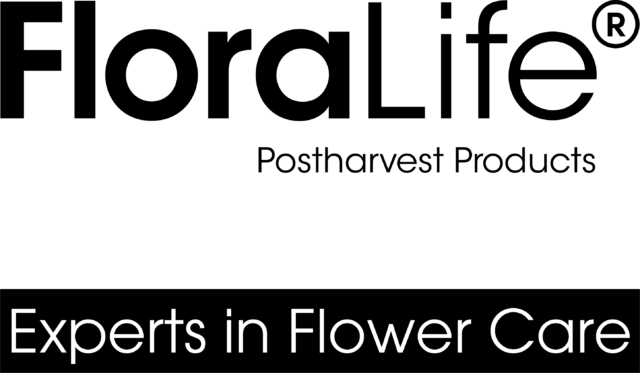Rose (Garden)
Garden roses are famous for their subtle color variations, their high petal count, and the way they open up all the way and hold in that position. A single flower at the end of the stem. Common flower colors are pink, cream, white, peach, yellow and red. Most varieties have intense fragrance and shorter vase life than their standard rose cousin. Garden roses are capricious and tend to vary in color. Even roses cut from the same bush on the same day have been known to have different shades and tones. Do not expect them all to be exactly the same. This is their character and part of what makes them special.
Family: Rosaceae
Species: Rosa spp
Origin: Most rose species are native to Asia. Few belong to North America and Europe.
Symbolizes: Red: love Pink: grace, gratitude, happiness, White: purity, innocence Yellow: friendship, loss
Also Known As: Rose
Care, Handling & Design
Temperature: 34-38 F (1-3C)
Humidity: 75-85%
Water: Medium water quality. Avoid softened water.
Vase Life: 4-10 days
What to Look for When Purchasing
Harvest when outer petals are open but the flowers not fully open. Free from botrytis: Brown spots or patches on the outer petals may be an indication of botrytis infection. Free of mechanical damage. Avoid flower stems with obvious excessive wilting symptoms which is an indication of improper temperature and humidity management.
Foam Info
Perform well
Design Tips
Most garden roses will be at their best four days after being placed in water. The difference is tremendous when you give the flowers time to open before using them. Unlike with standard roses, always remove the cardboard packaging before putting the garden roses in a flower food solution. As garden roses hydrate, the bloom head gets larger. Leaving them confined within the cardboard sleeve can damage the petals as the bloom head hydrates and grows. A natural look—as though fresh cut from the garden, with perfect health and minimal processing—just feels right for garden-rose varieties. That means, when it comes to designing bouquets or arrangements with these beauties, less is more. Simply use a few stems in your design and/or make sure that there is plenty of empty space around each stem for them to grow and strive. Garden roses look their best in airy designs so either do not mix them with other flowers or if you do mix, make sure to give them enough breathing room. Garden roses tend to have shorter vase life than their cousins. If you are going to arrange them with other flowers, make sure to pair them with flowers that have similar vase life characteristics.
Ethylene Sensitivity
Most varieties are ethylene sensitive. Symptoms include poor opening, petal shattering, wilting and reduced vase life.
Pest & Disease Information
Botrytis on flower petals, leaves, and stems. Significantly reduces vase life. Symptoms include brown blotches on petals and gray fuzzy growth on leaves, stems or flowers.
Troubleshooting
Buds Fail to Open: Possibly harvested too early, had extended period out of water, extended storage, exposure to temperature or humidity extremes. Can be due to ethylene exposure; treat with ethylene action inhibitor. Petal shattering is also a result of ethylene exposure. Brown patches or visible gray mold on flowers, leaves or stems: Due to botrytis infection.
Product Usage
For optimal care of Rose (Garden), please reference the chart of products below. Make sure to select your region to see which products are available.
